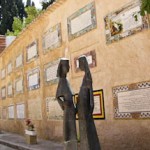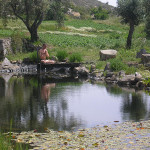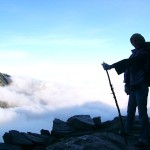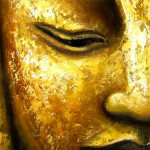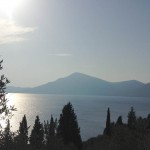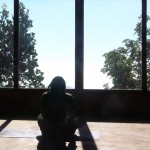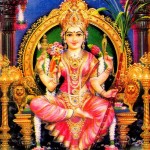Body, Soul & Spirit
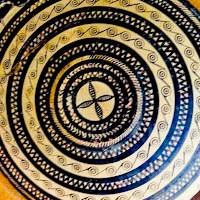
Working on various levels simultaneously
The Indian spiritual philosophy explains the complexity of the various aspects of man in a beautiful and deep manner. According to this understanding, human beings have various levels – or bodies – that work simultaneously. We can all relate to the idea of functioning on various levels and also on working on them as we develop.
Panch Kosha – The Five Bodies
In classical Indian terminology, these ‘levels’ are called ‘Kosha’, which literally translates to ‘sheets’. These can be seen as our different aspects or “bodies”. These different aspects are not separated; rather, they are inter-connected and influence each other continuously.
These five bodies are gradually described from the gross – the most physical, gradually to the more subtle:
Annamayakosha – Physical Body
The most “outwards” or the grossest level is the physical body, made out of flesh, tissues, blood, bones, and so forth. This body is created by the meeting of the masculine sperm with the feminine ovum. The term Anna in Sanskrit means ‘food’, which is the way this body grows and is maintained. This body is also “fed” through all our five senses.
This primal body is the one we all have direct contact with. While some may assume it is “who they are”, this is only the most gross greatest and the shallowest in the complexity of man.
Pranamayakosha – Life Force or Energy Body
The next body, in order, is the vital body, the life force- Prana in Sanskrit (Chi or Qi in Chinese philosophy). Prana is regarded as fundamental vitality or ultimate life force, the active principle of anything alive; the binding force of the universe.
According to both Chinese and Indian traditional medicine (as well as other traditional medicine systems), the energy flows along the body in specific channels, supplying the different organs and parts of the body with life force.
This body is subtle in comparison to the physical body, and it also directly affects the physical body. However from a more holistic or deeper point of view, this too is a relatively gross or “physical” level of the body.
Manomayakosha – Mental Body
This body refers to the emotional and mental levels. The aware or conscious mind (manas in Sanskrit) is understood as a collective term for not only the thought process, but also for memory, feelings, cognitive abilities and intellect.
When we are identified with our thoughts and feelings, this body may seem to be deepest and most real; yet, still, there are subtler bodies and still further depth.
Vignanamayakosha – Higher Intellect or Conscious Body
The higher intellect (Buddhi in Sanskrit), or the higher conscious mind, is represented in this body. This level includes our morals and values, intuition, wisdom and subtle knowledge; the basic “I am” experience, and the discriminative ability (basic knowledge of good from bad, right from wrong). This body ‘controls’ our ego, which is driven by our past (samskara) and the three grosser bodies -the physical body, energy body and mental body.
Ananadayakosha – Blissful Body or Supreme Consciousness
This most subtle core body is regarded as the innermost or highest spiritual level; pure happiness and contentment, independence and supremacy, which is our very essence, the Self – our true nature.
Inner Work on Different Levels
This, and similar systems that illustrated the fact that we humans are a complex entity, can serve as a helpful tool to understand the various levels we are working on when we strive for wholeness through self development and inner work. We can primarily understand two basic important points:
Firstly – working on one level will not solve problems on a different level. For instance, dealing with past emotional problems will obviously not satisfy our hunger.
Secondly – we realize there is a connection and effect between one level and the other. For instance dealing with emotional problems may help us realize the connection it may have on our tendency to be overweight.
These two fundamental points become clearer and deeper as we take the time to contemplate upon them and apply them to our personal experiences in life.

